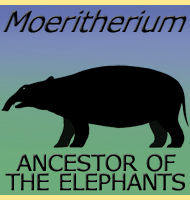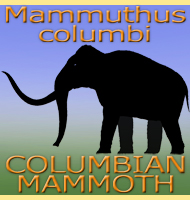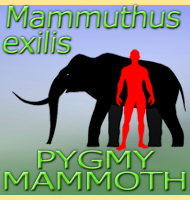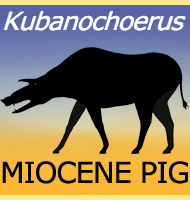


Platybelodon
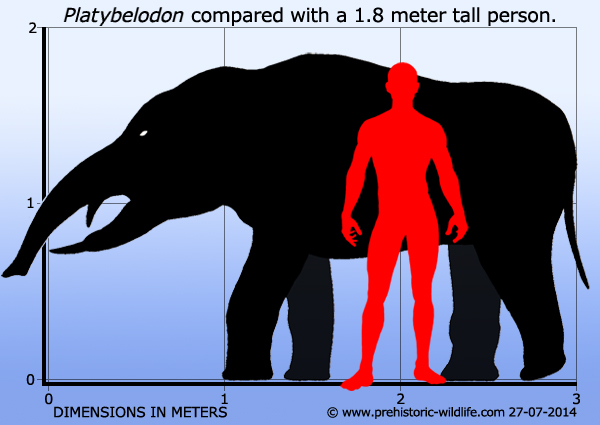
Name:
Platybelodon
(Flat spear tusk).
Phonetic: Plat-e-bel-oh-don.
Named By: Borissiak - 1928.
Synonyms: Amebelodon loomisi,
Torynobelodon barnumbrowni, Torynobelodon loomisi.
Classification: Chordata, Mammalia,
Proboscidea, Gomphotheriidae.
Species: P. danovi (type),
P. grangeri, P. loomisi, P. barnumbrowni.
Diet: Herbivore.
Size: About 3 meters long.
Known locations: Africa, Eurasia and North America.
Time period: Langhian of the Miocene through to the
early Zanclean of the Pliocene.
Fossil representation: Several individuals.
A relative to other gomphothere elephants like Gomphotherium and Ambelodon, Platybelodon also had a pair of forward facing tusks in the lower jaw that were shaped into a form of shovel-like structure. Like with its relatives, it is believed that Platybelodon used these tusks as feeding aids for uprooting plants and stripping bark.
Further reading
- The feeding habits of the shovel-tusked gomphotheres (Mammalia,
Proboscidea, Gomphotheriidae): Evidence from tusk wear
patterns, W. D. Lambert - 1992.
- The gomphotheriid mammal Platybelodon from the
Middle Miocene of
Linxia Basin, Gansu, China. - Acta Palaeontologica Polonica 58 (2)
p221-240. - Shiqi Wang, Wen He & Shanqin Chen - 2013.
- Paleobiological implications of new material of Platybelodon
danovi
from the Dingjiaergou Fauna, western China - ShiQi Wang & Jie
Ye - 2014.
- An examination of the dietary habits of Platybelodon grangeri from
the Linxia Basin of China: Evidence from dental microwear of molar
teeth and tusks. - Palaeogeography, Palaeoclimatology, Palaeoecology.
457: 109–116. - Gina Semprebon, Deng Tao, Jelena Hasjanova &
Nikos Solounias - 2016.
----------------------------------------------------------------------------
Random favourites
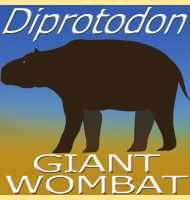 |
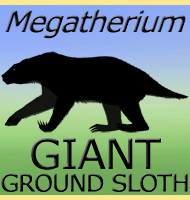 |
 |
 |
